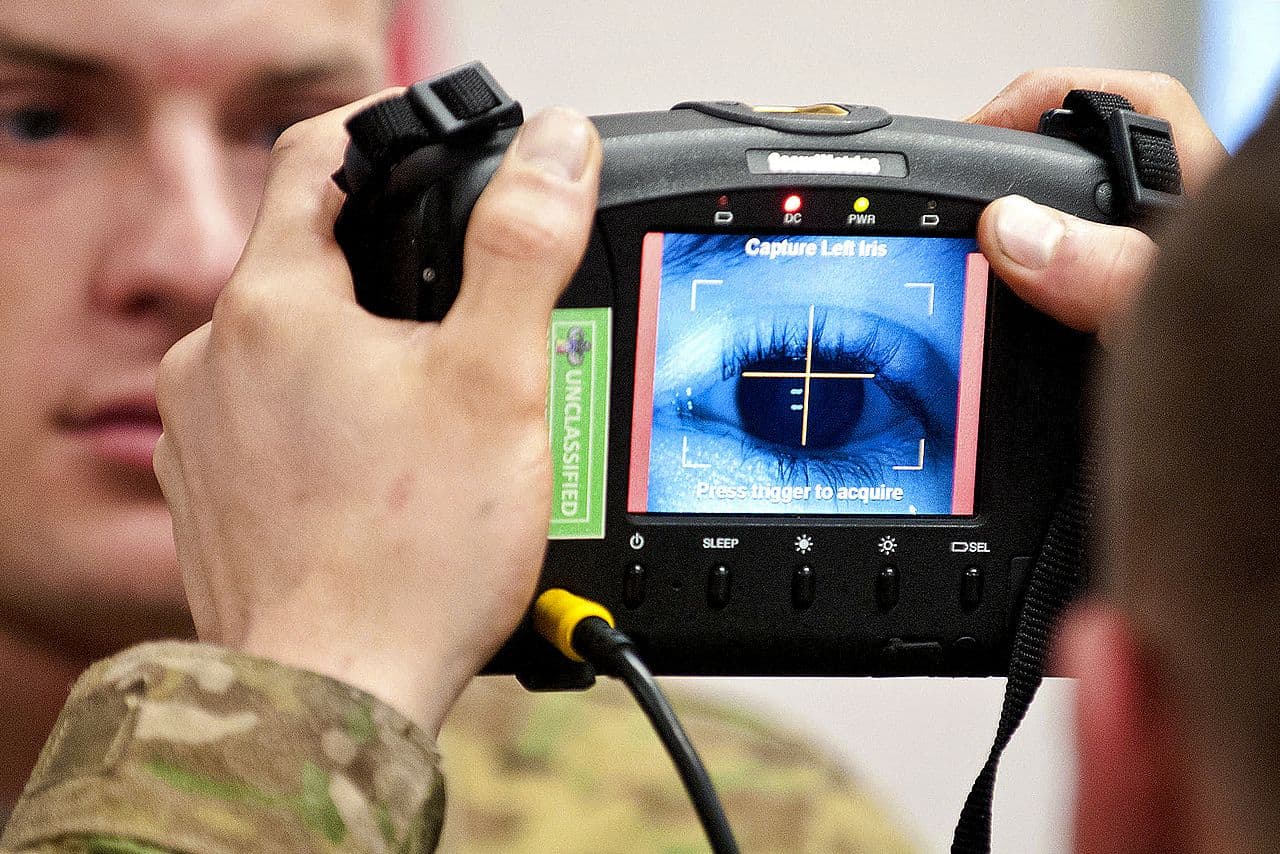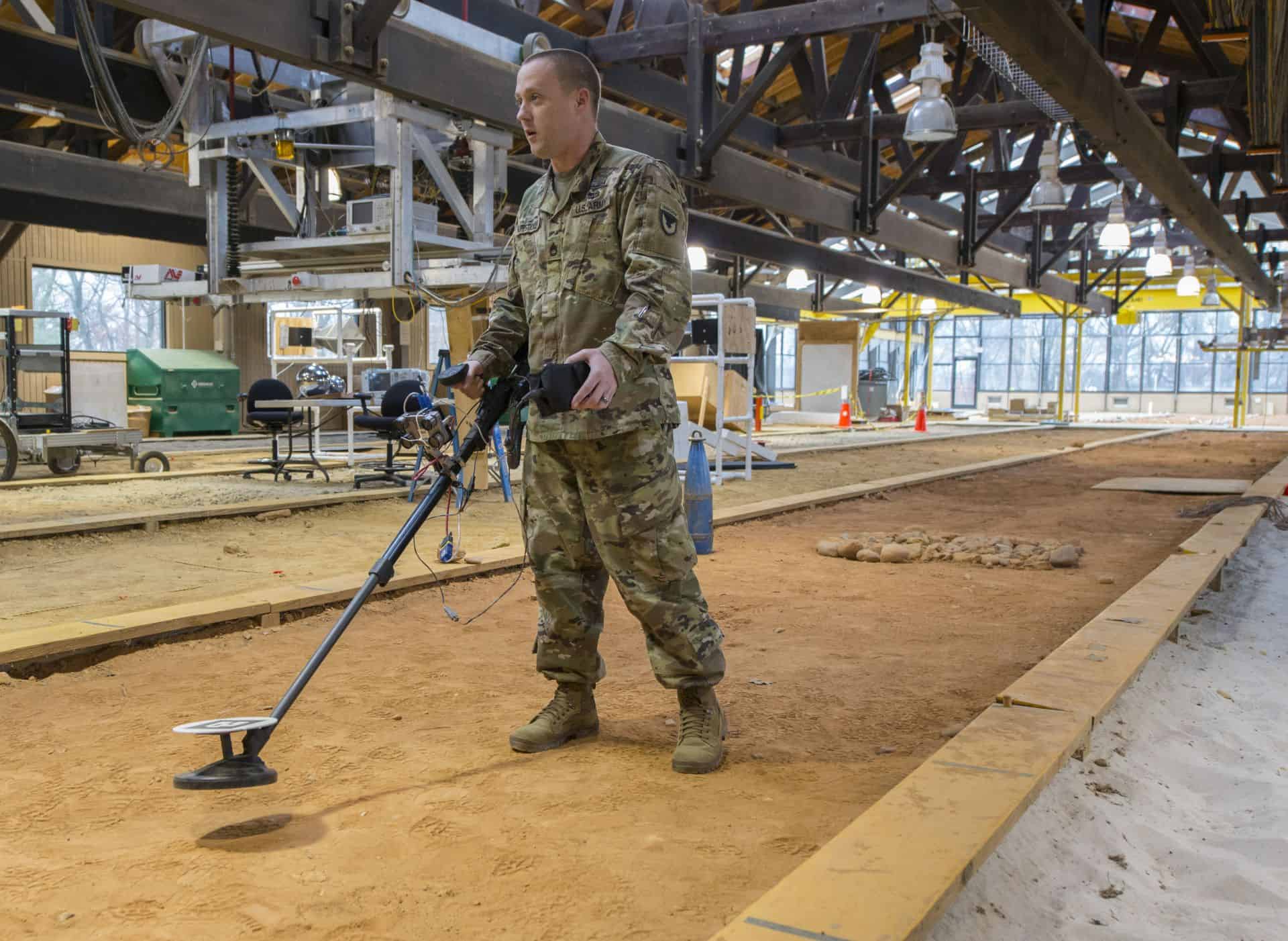Huge advances in biometric collection and database query are now being made with more to come on the horizon, said William Graves, the chief engineer for Program Executive Office Intelligence, Electronic Warfare & Sensors.
That’s great news for the intelligence community and for force protection efforts, said Graves, whose office is the lead for all Department of Defense biometrics.
Graves described the work that the researchers and engineers do in their Biometric System Integration Laboratory at Fort Belvoir, Virginia, during a media visit Feb. 22.
The current biometric collection system used by Soldiers worldwide is the Biometric Automated Toolset, he explained.
The system is fairly good at collecting fingerprints and iris characteristics, which are unique for every individual, but it is less adept at collecting other facial features, he noted.
A newer system, known as Next Generation Biometric Collection, is currently in the acquisition cycle after having navigated a successful material development decision.
Following Soldier feedback, the newer system will be smaller and more lightweight, as well as more rugged and user friendly than what exists now. It will also be more accurate in collecting facial features and should process information in a timelier manner, Graves said.
The new system also takes a multimodal approach to biometric data collection, said Graves. The advantage of multimodal is that if fingerprint or voice recognition fails, an iris scan could still produce a match.
The lab, which is only four months old, is moving quickly to develop other modes as well, he said.
For example, voice and DNA modes of biometrics identification are in intense development as there is an urgent requirement to get that capability to Iraq by as early as this summer, he said.
Also, the lab is exploring ways to integrate biometrics into existing sensors and platforms, he said.
Another aspect of improvement that the lab is striving for is making biometrics completely contactless, he said, meaning no operator is needed to collect information from the person.
The lab had a demonstration area set up to showcase this new technology. Personnel walked through a screening area. They touched a pad for fingerprints and cameras captured iris and face scans in a matter of seconds without an operator present. The system was able to identify everyone in a matter of seconds.
The lab is also developing biometric processes for capturing video images of persons of interest on the dark web. Graves said the technology for still photos can capture that, but now the algorithms are being developed for video as well.
DATABASE QUERIES
Collecting data is just one of two focuses, Graves said. The other focus is querying the database.
Once information from the person is captured, it is transmitted to the Automated Biometric Identification System in West Virginia, he said.
The lab is developing deployable ABIS sets for the U.S. European Command, specifically for the upcoming Unified Vision 18 NATO exercise, he said.
The portable ABIS system will be deployed in transit cases and can be plugged into existing network architecture, he added.
An improved version of ABIS is getting ready for an Army Requirements Oversight Council decision for a new build out of the next increment in April, he said.
Graves said that improvements in biometrics are a big deal: “Demand signal from the stakeholder community is high and continues to increase. Foreign military sales are exploding in NATO and elsewhere.”











